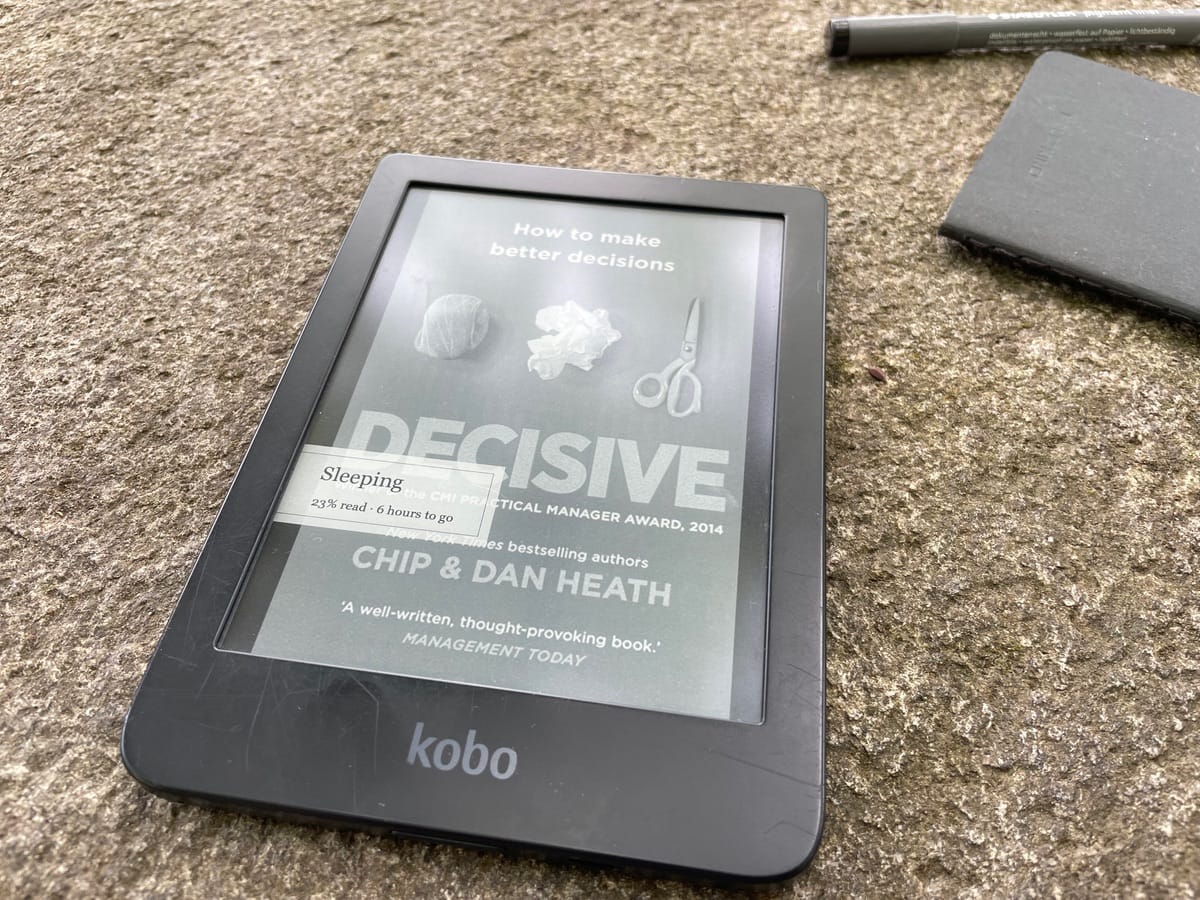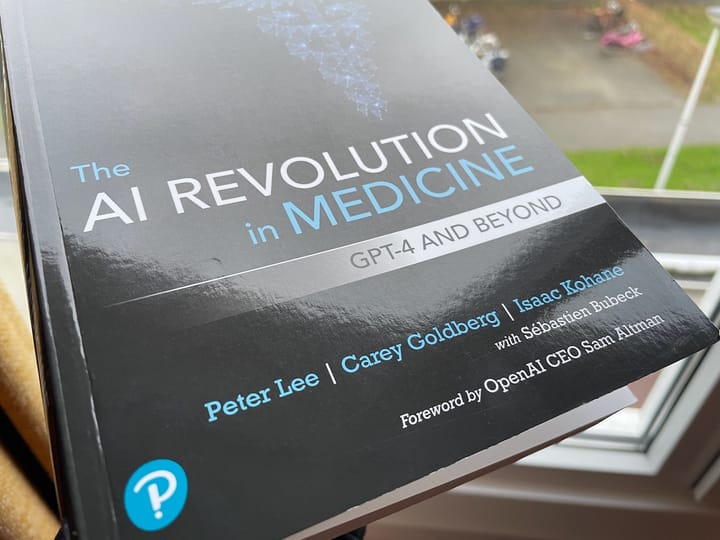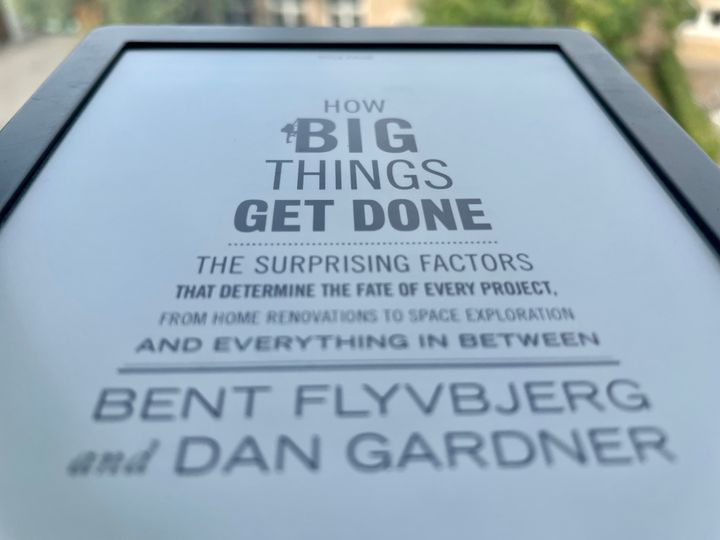Review of "Decisive" by Chip Heath and Dan Heath
The Heath brothers’ WRAP framework—Widen Your Options, Reality-Test Your Assumptions, Attain Distance Before Deciding, and Prepare to Be Wrong—offers practical strategies to improve decision-making processes.

"Decisive: How to Make Better Choices in Life and Work" by Chip Heath and Dan Heath is a transformative guide to improving decision-making processes.
The book introduces the WRAP framework—Widen Your Options, Reality-Test Your Assumptions, Attain Distance Before Deciding, and Prepare to Be Wrong—which offers practical strategies to overcome common decision-making pitfalls.
Avoid whether or not decisions
One of the book's key takeaways is the differentiation between various types of decisions. The Heath brothers highlight that "whether or not" decisions, also known as yes/no decisions, often limit our thinking and can lead to suboptimal outcomes.
These decisions are simply an up-or-down vote on a single alternative, such as "Should I break up with my girlfriend?". By expanding our options and considering a broader range of possibilities, we can make more informed and balanced decisions.
Statements of resolve
Additionally, the book distinguishes "statements of resolve," where there are basically no decisions involved, from actual decision-making processes. Statements like "I am going to stop blaming others" reflect a commitment rather than a choice between alternatives. Recognizing these distinctions helps clarify the decision-making landscape and enables more effective strategies.
Multitracking
Multitracking in decision-making involves working on several options simultaneously, which helps to gather diverse feedback and reduces personal attachment to any single idea.
This approach leads to more efficient decision-making by exploring multiple possibilities and maintaining flexibility, as it encourages considering a wider range of options and reduces biases.
The critical point highlighted is that multitracking keeps egos in check. When a boss has multiple projects, they are more likely to accept unvarnished feedback.
Conversely, with only one project, their ego becomes conflated with the project, making it harder to hear the truth. Despite its benefits, many organizations avoid multitracking due to concerns about time consumption.
However, research by Kathleen Eisenhardt suggests that exploring multiple options can actually be more efficient, particularly in environments that prioritize speed, like Silicon Valley.
Checklists and playlists
In the chapter titled "Find Someone Who’s Solved Your Problem," the authors discuss the usefulness of checklists and playlists.
Checklists are prescriptive tools, ideal for situations where the same behaviours need to be replicated consistently. They help prevent errors by ensuring that all necessary steps are followed systematically.
In contrast, playlists are generative tools that stimulate new ideas and help prevent the oversight of potential options. They are particularly useful when shifting mindsets, such as moving from a prevention-focused approach to a promotion-focused approach.
Playlists facilitate multitracking, allowing decision-makers to explore various opportunities and strategies, especially in challenging situations like budget cuts. The chapter emphasizes the value of using playlists to find innovative solutions by looking at how others have tackled similar problems, thereby broadening the range of potential strategies and outcomes.
WRAP model
The WRAP model is particularly valuable for those who struggle with generating choices, making decisions, or taking definitive actions.
It encourages a structured approach, from exploring multiple alternatives to testing assumptions and preparing for potential errors. This method not only enhances the quality of decisions but also builds confidence and clarity in the decision-making process.
WRAP Steps:
- Widen Your Options: Expand your choice set to avoid narrow framing.
- Reality-Test Your Assumptions: Gather information to validate your assumptions.
- Attain Distance Before Deciding: Gain emotional distance to make more objective choices.
- Prepare to Be Wrong: Plan for potential failures and unexpected outcomes.
In summary, "Decisive" is an essential read for anyone looking to refine their decision-making skills.
The practical tools and insights provided by the Heath brothers can help transform how we approach choices in both personal and professional contexts, moving beyond simplistic yes/no decisions to more comprehensive and effective strategies.
I personally made big strides in how to view decisions, how to make them and base success on the outcomes!



